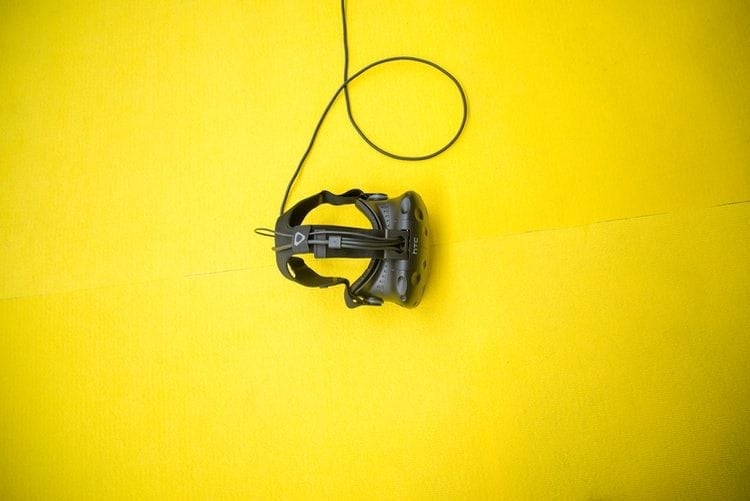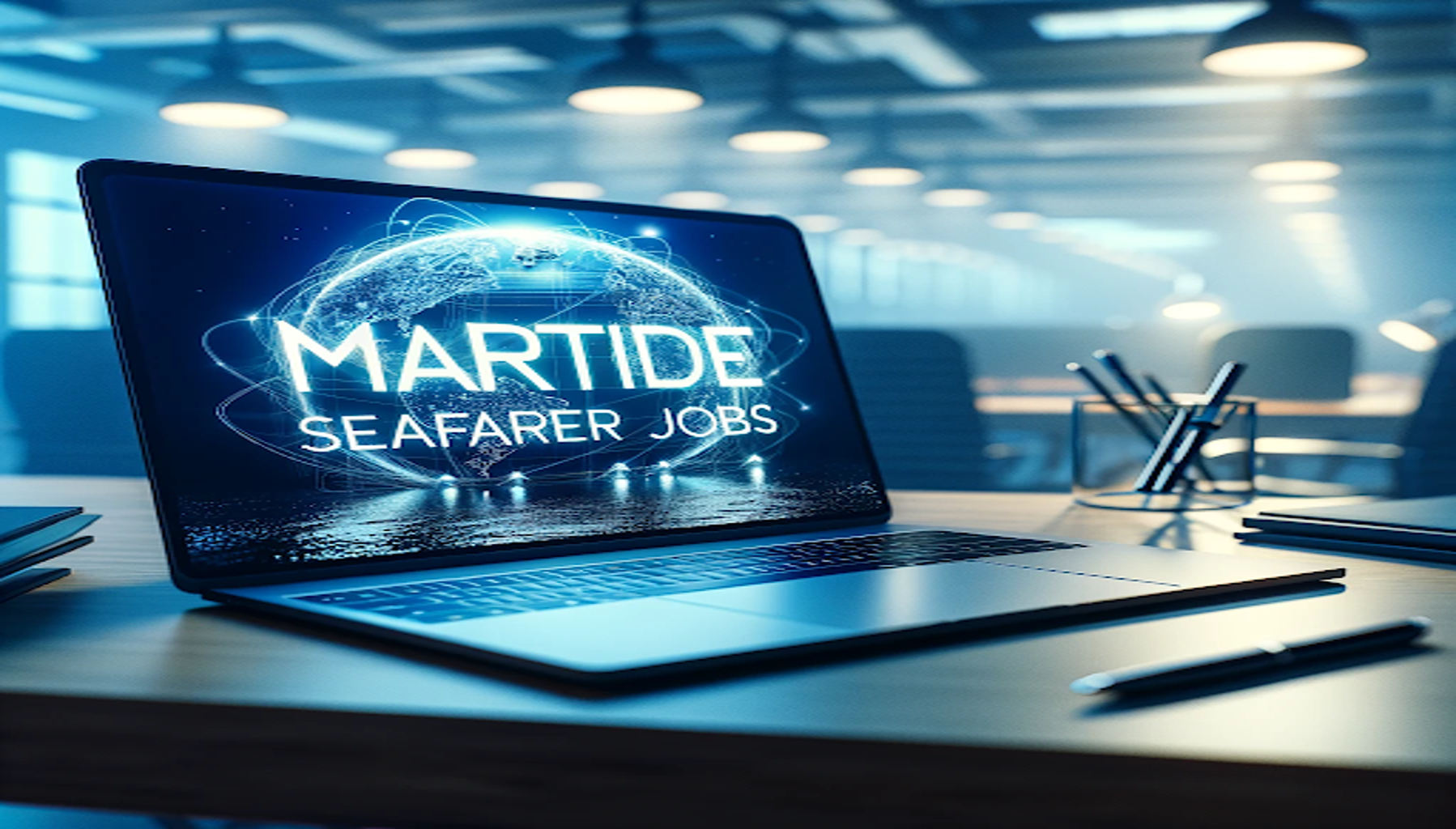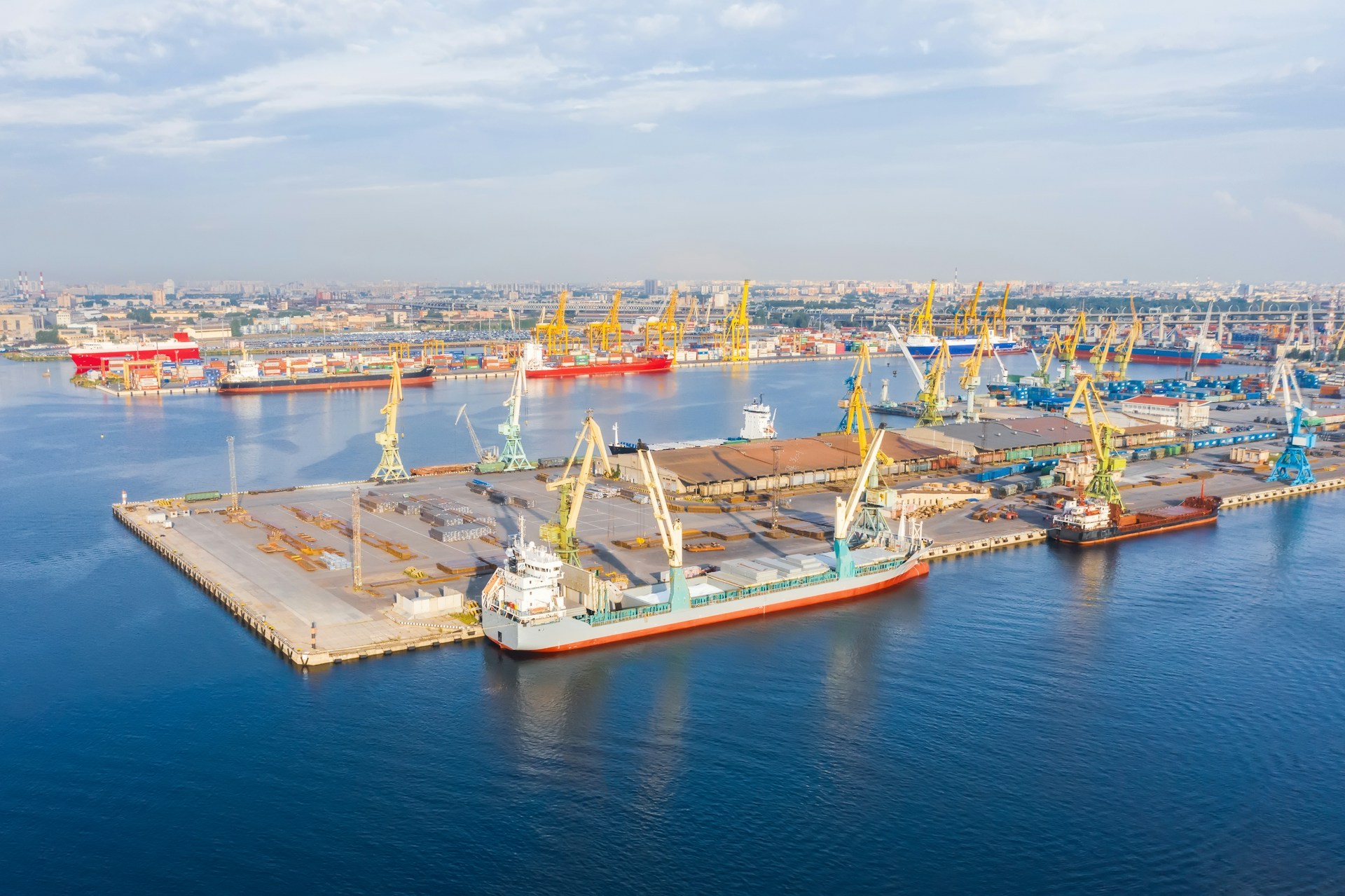Seafarer Training & Virtual, Augmented & Mixed Reality
Sep 08, 2020 · 8 mins read ·
Maritime Industry
Seafarer jobs and the shipping industry are changing and ship owners and managers are seizing the opportunity to use future technologies to become innovators within the sector.
In addition, shipping operators want to attract investment and that means they are looking at everything from achieving zero emission shipping by 2030 to the Internet of Things to expedite communication between various machines and technologies to tech such as augmented reality (AR), mixed reality (MR), and virtual reality (VR) for training seafarers.
However, some more traditionally minded souls in the maritime industry may decry these technologies as ‘not as good as the real thing’ - which of course there is an argument for - and new-fangled.
But it still stands that using reality based training can provide a safe environment for cadets and more experienced seamen and women alike to learn or brush up their skills in.
Seafarer training and the rise of virtual, augmented and mixed reality
Seafarer training needs to evolve if it is to engage a new generation of seamen and women.
Fewer young people are seeing shipping as a viable career choice and this is one reason why new technologies need to be adopted - whether that’s for training, maritime recruitment, crew change and crew management, creating better candidate engagement, and of course, actually operating and navigating vessels.
In an industry that is traditional by nature, the younger generation of seafarers is bucking the trend.

After all, these are people who have grown up with computers in schools and the home as the norm. Not having a smartphone at their disposal and not being constantly switched on, plugged in and unconnected is unthinkable.
So if there is a shift in the way we communicate and get our information, and younger generations have lower attention spans but ARE happy to game much of their free time away, doesn’t this mean that it makes sense for the maritime industry to change the way it attracts and develops new crew members to fill jobs at sea?
And so this is why future technologies and concepts such as gamification, and virtual, mixed, and augmented reality are slowly becoming the new benchmark in training for seafarer jobs.
The beauty of AR or VR technology is that situations that crew members may come up against are created - or augmented - in a digital world. This provides seafarers with the ability to physically practice and become adept at tasks in a safe environment which would present risks in reality.
It's marine tech at its finest and it's making jobs at sea safer.
The difference between virtual, augmented and mixed reality
Three alternate realities with three significant differences, each one becoming more impressive than the last. So let’s stop for a moment and briefly address the difference between augmented reality, virtual reality and mixed reality.
- Virtual reality allows a person to interact within a computer-generated, artificial three-dimensional environment. An example of virtual reality is Sony PlayStation’s VR games that are played wearing a headset to immerse the player in another world.
- Augmented reality overlays or adds digital objects or elements into a real world live view. An example of augmented reality is furniture giant Ikea’s mobile app, Place, which allows you to view their furnishings in your own home. Another example is Pokemon Go - which surely needs no further introduction!
- Mixed reality combines (mixes) the real world with virtual worlds to create a new environment that includes both real and digital objects. Not only can these objects co-exist, but they can also interact in real time. An example of MR is the OnSight software which was developed by Microsoft in conjunction with NASA. The software allows scientists and engineers to virtually ‘walk’ on Mars while they still have their feet planted on actual Earth.
Seafarer training using simulators
Thanks to the emergence of VR, AR and MR, there are now a number of different possibilities for simulator-based seafarer training and these are now standard at a number of maritime training institutions.

The huge benefit of these, of course, is that they enable existing seafarers and new recruits to accrue new skills and competencies without endangering their (or anyone else’s) safety.
And not only is simulator training and education safer, but it is also more accessible and relatively cheap when compared to traditional seafarer training methods.
Attracting a new generation to a life at sea
Millennials and Gen Z are much maligned in the media but the fact is, if our industry, or indeed ANY industry, wants to attract the next generation of workers, they need to communicate with them on their own level.
Millennials and Generation Z are, generally speaking, fans of technology - they’ve grown up playing with it and they use it in their daily lives.
Therefore it stands to reason that learning a trade such as seafaring is made more attractive by embracing tech such as virtual, augmented and mixed reality and all that the experience of learning in that environment can afford.
And not only do VR, AR, MR, gamification and simulators provide a more engaging learning experience for young seafarers, but they will also help to build their confidence through the risk free environment they afford.
Seafaring might be a timeless vocation but if it is to attract a new generation of individuals who envisage their calling as being working in jobs at sea, the ways to engage with and educate them must move with the times.

And that's where future technologies and marine tech come into the picture.
Are YOU ready to move with the times?
We might not be providers of simulator based training but we CAN help your maritime recruitment and crew management operations run more smoothly thanks to our Software as a Service solution.
If you’re a ship owner, manager or operator and run a small to medium sized shipping company, we can help you fill your open positions more quickly by giving you access to our global pool of seafarers.
We'll also provide you with the tools you need to build customized recruitment pipelines and manage your interviews more effectively. We even make crew change over, crew management and budgeting easier!
Are you ready to make a more cost-effective and efficient way of working YOUR new reality? If so, get in touch with us today and we’ll be happy to tell you more.
This post was originally published on 27th March 2019 and updated on 8th September 2020.

Eve Church
Eve is Martide's content writer, publishing regular posts on everything from our maritime recruitment and crew planning software to life at sea. Eve has been writing professionally for more than two decades, crafting everything from SEO-focused blog posts and website landing pages to magazine articles and corporate whitepapers.
UK


